Your Monthly Tarot Check-In: A Simple Guide to Deep Insights
I’ve been reading tarot cards for myself and others for a good long while—over two decades now. And in all that time, I’ve found that a monthly reading is probably the single most valuable tool for genuine self-reflection. Let’s be clear: this isn’t about trying to predict the future. It’s about checking in with yourself.
In this article
Think of it as a spiritual tune-up. This practice helps you see where you’ve just been and where you might be headed, giving you a chance to tackle the month ahead with a bit more clarity and intention.
A lot of people get started with a simple daily card pull, and that’s a fantastic habit. But a monthly reading gives you the bigger picture. It connects the dots between the weeks and starts to show you the larger patterns unfolding in your life. As I always say, a daily draw shows you the day’s weather, but a monthly spread reveals the whole climate. This guide walks you through the exact method I use for my own personal check-ins. It’s a structured way to turn a deck of cards into a powerful conversation with yourself.
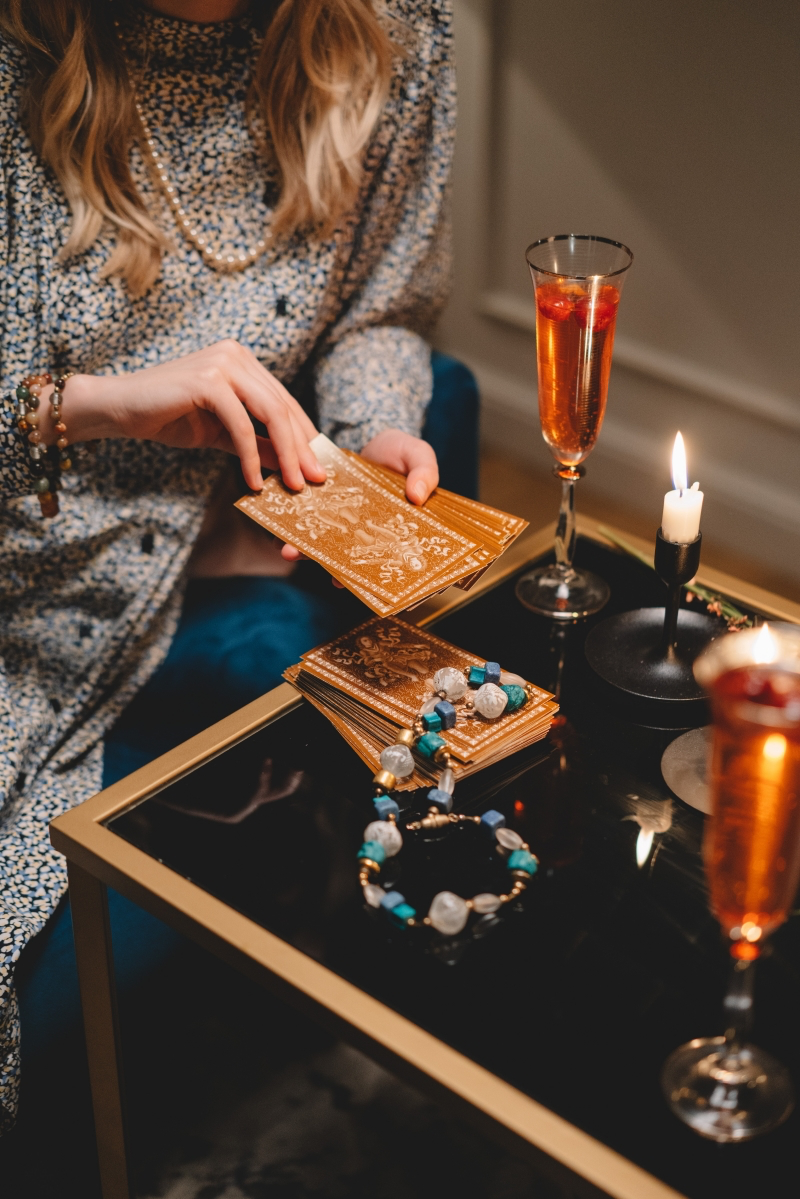
So, How Does This Actually Work?
Before we even touch a card, it’s good to get on the same page about what we’re doing here. Tarot isn’t magic in the hocus-pocus sense. Honestly, the cards themselves don’t hold any power. You do.
The deck is basically a library of symbols and universal human experiences, also known as archetypes. These images act as a mirror for your own subconscious mind. When you look at a card, it pokes at thoughts, feelings, and intuitive hits that are already bubbling away inside you.
A standard 78-card tarot deck is packed with these visual cues. The Major Arcana cards, like The Fool or The Empress, point to big life lessons and major themes. Then you have the Minor Arcana, which are broken down into four suits that cover the everyday stuff we all deal with. It’s a pretty intuitive system:
- Wands are all about passion, creative energy, and your get-up-and-go spirit.
- Cups dive into emotions, relationships, intuition, and matters of the heart.
- Swords represent your thoughts, communication, and the challenges you’re facing.
- Pentacles deal with the physical, tangible world—things like your job, finances, and home life.
Understanding this basic structure helps you trust the process. You’re not asking some mysterious force for answers; you’re using a time-tested tool to access your own inner wisdom. The artists behind the most popular traditional decks were masters of symbolism, filling each card with so much detail that the pictures practically tell a story all on their own. That’s why decks based on that classic style are so brilliant for beginners.
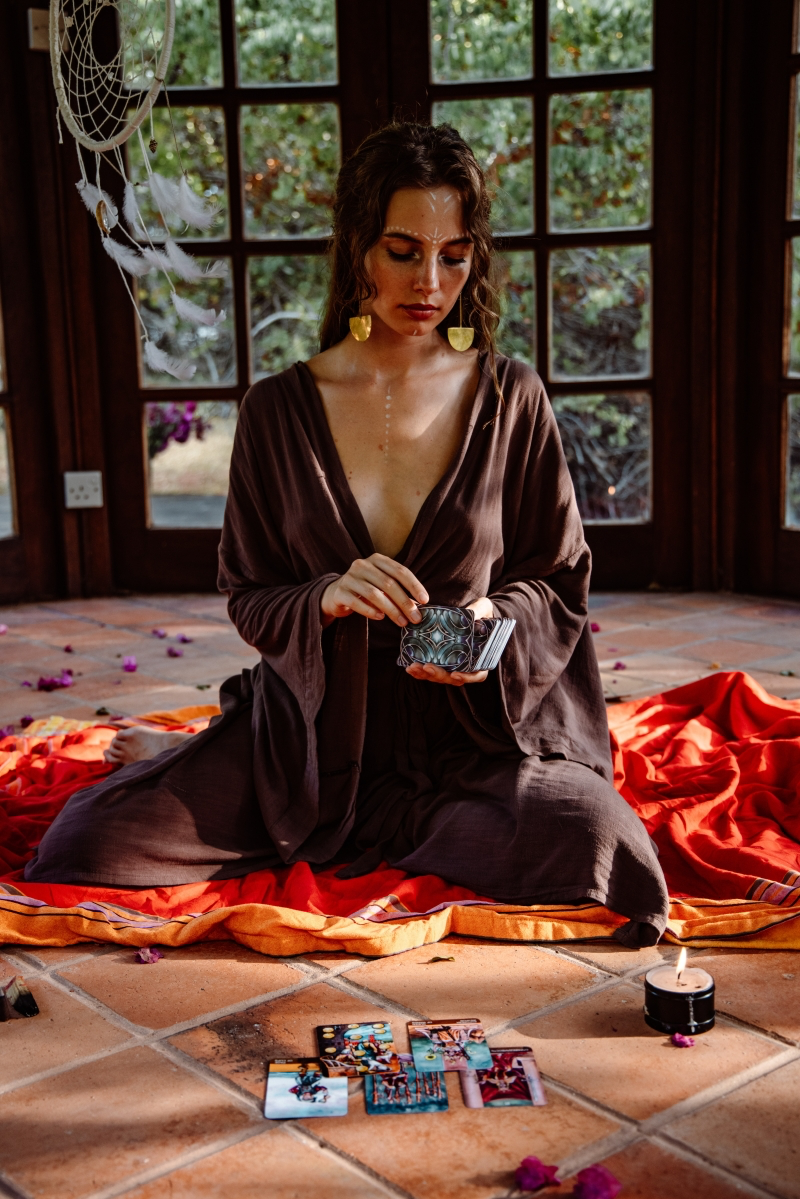
Getting Yourself and Your Space Ready
How you prepare for a reading is just as important as the reading itself. A calm mind and a clear space lead to a clear reading. You can’t really expect useful insights if you’re stressed out and the TV is blaring in the background. Over the years, I’ve landed on a simple routine that you can easily adapt for yourself.
Find a Quiet Spot
First, find a place where you won’t be bugged for at least 30 minutes. It could be a tidy corner of your desk, a cushion on the floor, whatever. The point is to make it feel intentional. I have a specific wooden box where I keep my go-to deck, and the simple act of opening it tells my brain it’s time to focus. You don’t need a fancy altar with crystals and incense unless that’s your thing and it helps you feel centered. A clear surface and a little peace and quiet are all you truly need.
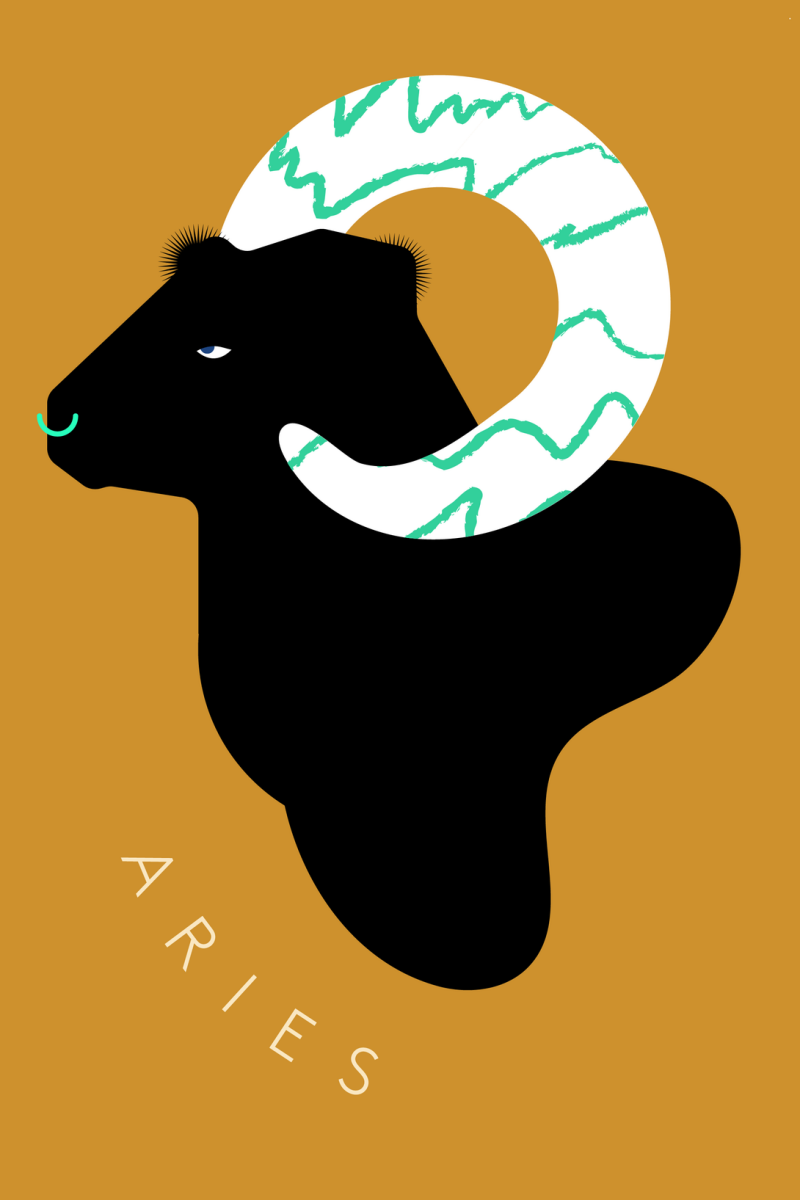
Choose Your Deck
Oh yeah, the fun part! There are literally thousands of tarot decks out there. If you’re just starting, I strongly, strongly recommend getting a deck based on the traditional Rider-Waite-Smith (RWS) system. The imagery is direct and easy to understand.
Some great, accessible options are the classic Rider-Waite-Smith deck itself, or if you want a more contemporary feel, The Modern Witch Tarot is fantastic. The best deck is one that you personally connect with—the art should spark your imagination. You can find these at big bookstores like Barnes & Noble, online, or even better, by supporting your local metaphysical shop. A solid starter deck doesn’t have to be expensive, either. You can usually find a great one for between $20 and $35.
I once worked with a student who was getting so frustrated with a beautiful, minimalist deck she’d bought. The abstract art gave her nothing to work with. She switched to a classic RWS-style deck, and her readings improved almost instantly. The detailed scenes gave her a foundation to build her interpretations on.
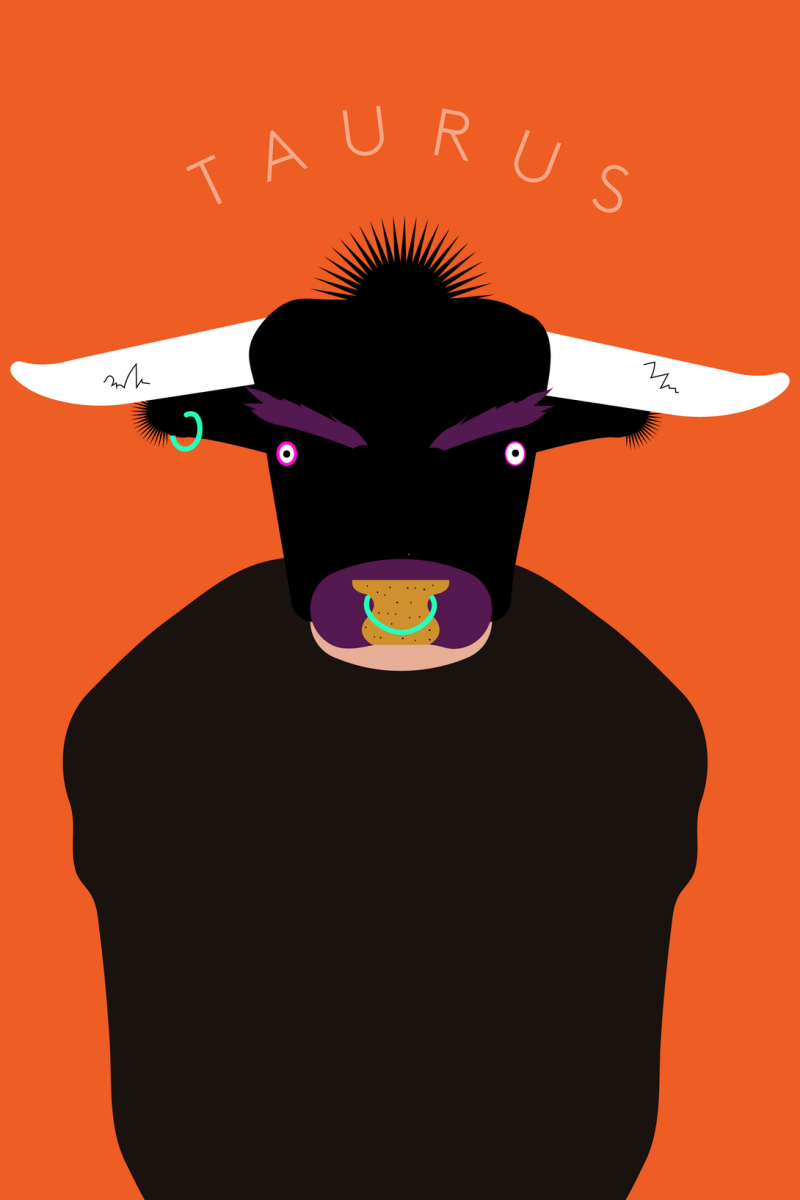
Heads Up! What About Upside-Down Cards?
Sooner or later, you’re going to pull a card and it’ll be upside down. This is called a reversal. My honest advice for beginners? Don’t sweat it. For now, just turn all your cards upright as you lay them out. Focus on learning the main story first. Later on, you can explore reversals, which often suggest that the card’s energy is blocked, delayed, or being processed internally. But for your first few monthly readings, give yourself permission to keep it simple!
Clear the Deck and Set Your Intention
Before you begin, you want to clear your deck of any lingering energy from past readings. The easiest and best way to do this is with a good, thorough shuffle. As you shuffle, start thinking about your purpose. You’re sitting down to get some clarity for the month ahead. This focus is called setting your intention, and it directs the whole reading.
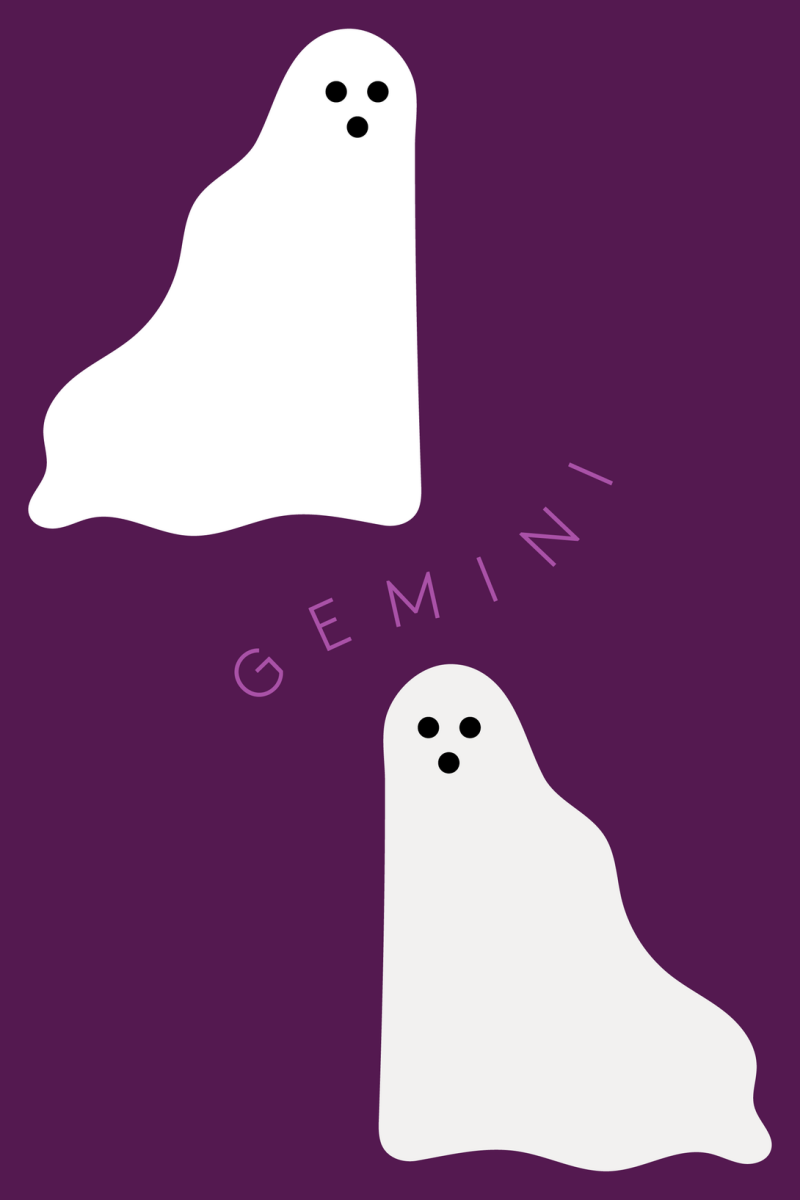
Your question is the most critical part of this prep. Steer clear of yes/no questions like, “Will I get a promotion?” A much more powerful question is, “What should I focus on at work to support my professional growth this month?” The first one asks for a fortune-teller’s prediction; the second asks for guidance, which puts the power right back in your hands.
Here are a few solid monthly questions to get you started:
- What is the main theme for me to be aware of this month?
- What energy is supporting me, and what might challenge me?
- What do I need to release from last month, and what should I embrace now?
Take a second to actually write your question down in a notebook. It really helps solidify your focus.
A Simple and Powerful Monthly Spread
You may have seen those huge, complex tarot spreads online. The Celtic Cross is a famous one, but honestly, it can be way too much for a personal monthly check-in. For this, clarity beats complexity every time. I use and teach a five-card spread that is both simple and incredibly insightful.
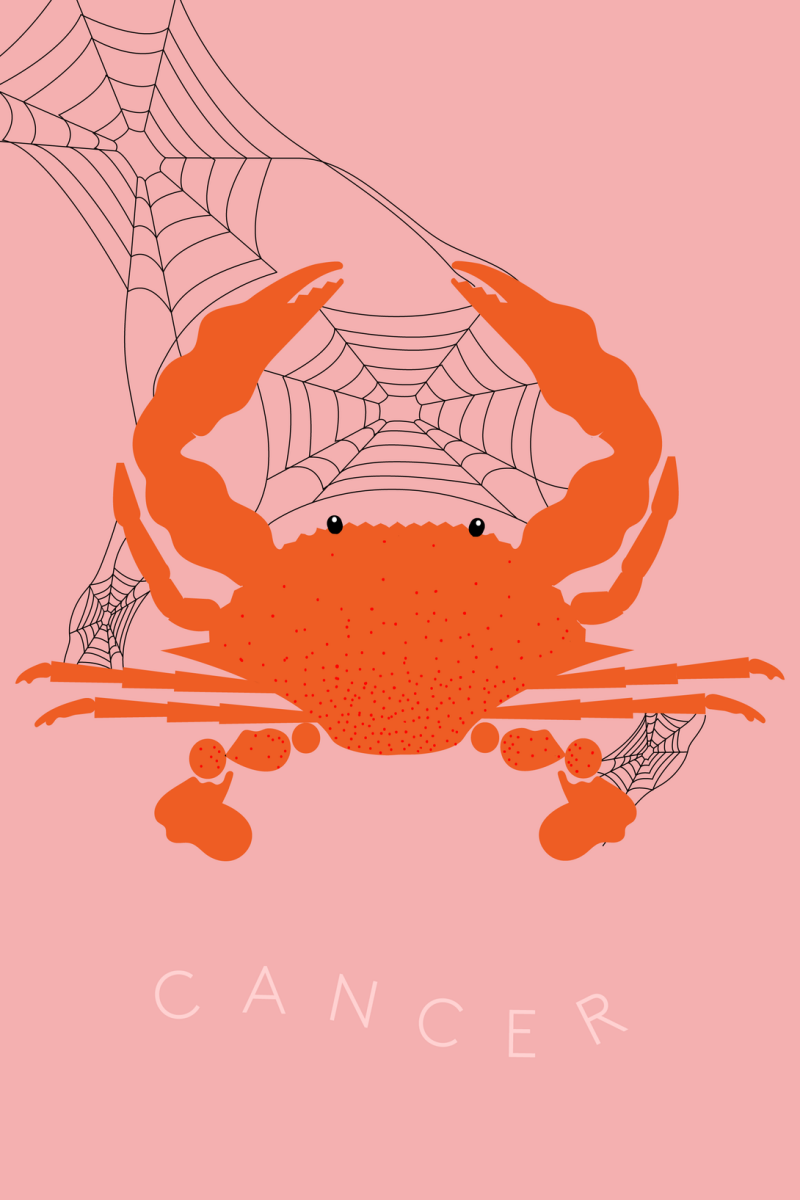
Shuffling and Drawing
With your question in mind, shuffle the cards in a way that feels right to you. Some people like to shuffle overhand, while others do a classic riffle shuffle. It doesn’t matter how you do it, as long as you’re focused. The sound and feel of the cards are all part of the ritual. Shuffle until you just feel like you’re done. Your intuition will give you a little nudge.
When you’re ready, cut the deck into three piles and then restack them in any order you like. Now, you can either fan the deck out, face down, and pull the five cards that your hand is drawn to, or you can simply draw the top five cards. Trust your gut on this one; there’s no wrong way.
The Five-Card Monthly Spread
Lay your five cards out in a row, from left to right. This structure is what will tell your story.
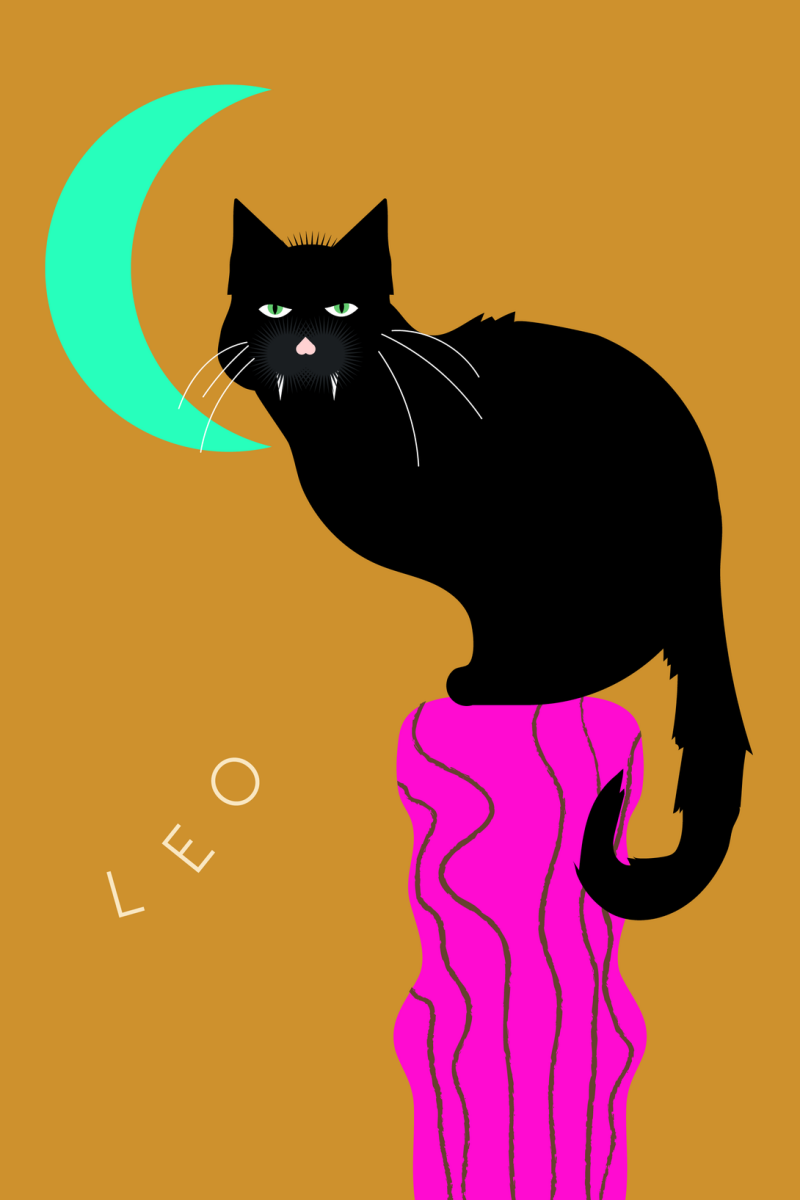
- The Past: The Energy You’re Leaving. This card shows the main theme from the previous month. It’s the context for where you are now.
- The Present: The Main Theme for This Month. The heart of the reading. This card highlights the central energy or lesson you’ll be working with.
- The Future: The Direction You’re Headed. This shows the potential outcome if you stay on your current path. Remember, it’s a signpost, not a stone-carved prophecy.
- The Action: What to Focus On. Your strategy card! This offers concrete advice on how to best navigate the month’s main theme.
- The Lesson: The Deeper Influence. This card reveals an underlying lesson or a hidden factor you need to be aware of. It adds a layer of wisdom to everything else.
How to Read the Story in the Cards
Okay, your cards are laid out. Now what? This is where your intuition gets to play. My most important piece of advice is this: look at the pictures before you even think about looking at a book. Your personal reaction to the image is far more valuable than a generic keyword.
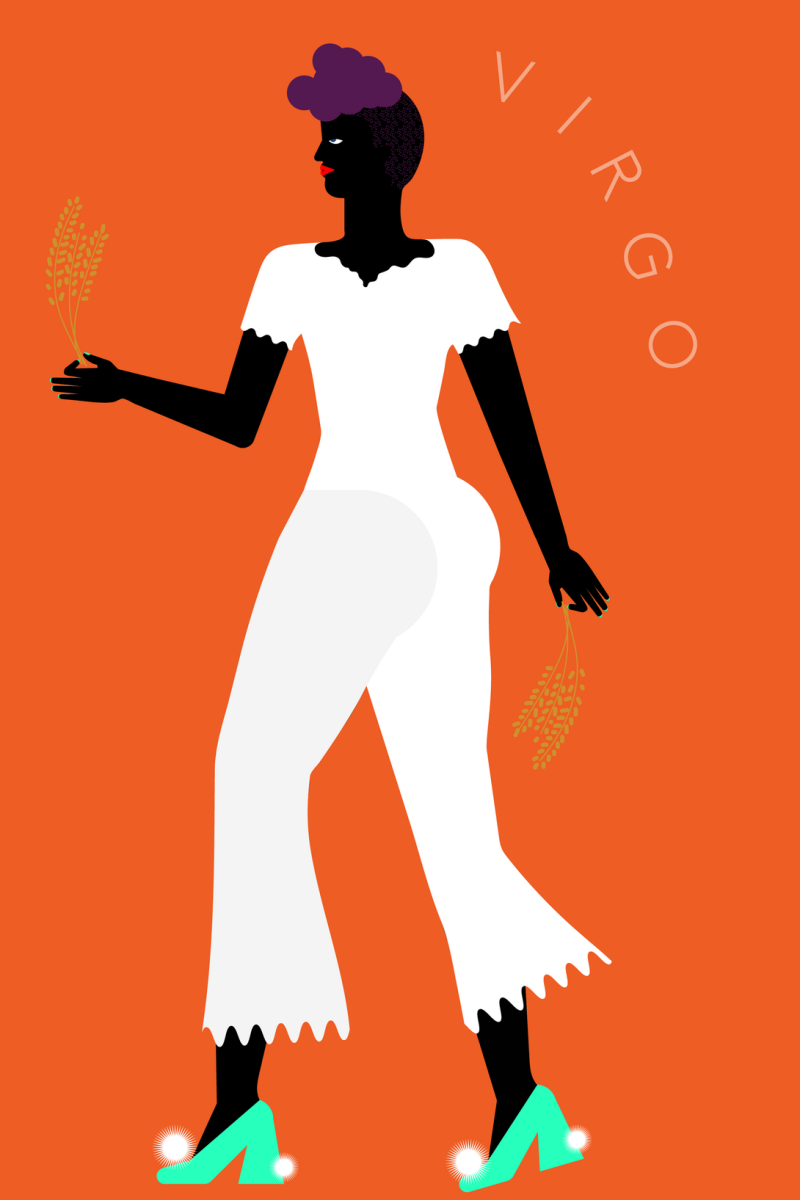
Your First Impression Is Everything
Go through each card, one by one. What’s the first thing you notice? A color? An object? The look on a person’s face? What vibe does it give you? For example, the Three of Swords traditionally means heartbreak, but maybe you look at it and see the profound clarity that comes after a painful truth. Your interpretation is valid because the cards are speaking directly to you.
But What If My Mind Goes Blank?
It happens to everyone. You stare at a card and… crickets. No worries. When you’re stuck, just follow this simple three-step process:
- Describe what you literally see. “Okay, there’s a person holding two coins and they seem to be juggling them.”
- What’s the vibe? “It feels a little precarious, like they are trying to keep things balanced.”
- Connect it to your question. “Maybe this means I need to focus on balancing my finances or my priorities this month.”
See? You just did a reading without needing a book at all.
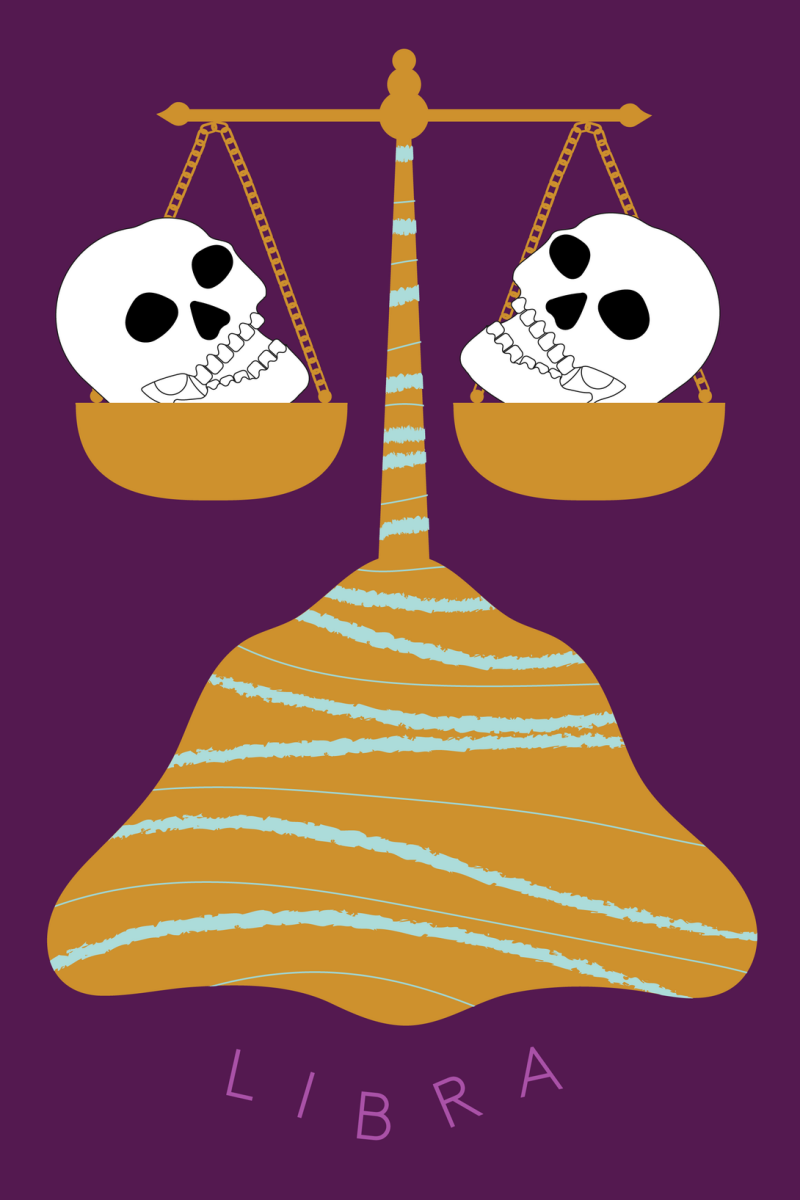
Weave the Cards into a Narrative
The real magic of tarot is seeing how the cards talk to each other. Let’s walk through that sample reading from before. Imagine you pulled:
- Past: Eight of Cups. You recently walked away from something that wasn’t fulfilling you emotionally.
- Present: The Hermit. This month is all about introspection and soul-searching, which makes perfect sense.
- Future: The Sun. The path you’re on is leading toward joy, clarity, and success. What a great sign!
- Action: Two of Pentacles. Your advice is to stay flexible and manage your resources (time, energy, money) wisely as you build this new path.
- Lesson: The High Priestess. The underlying lesson is to trust your intuition. The answers you’re looking for are inside you.
That tells a powerful and actionable story: After leaving a tough situation, you’re in a reflective period. To get to that sunny future, you need to stay adaptable and listen to your inner voice. That’s real guidance.
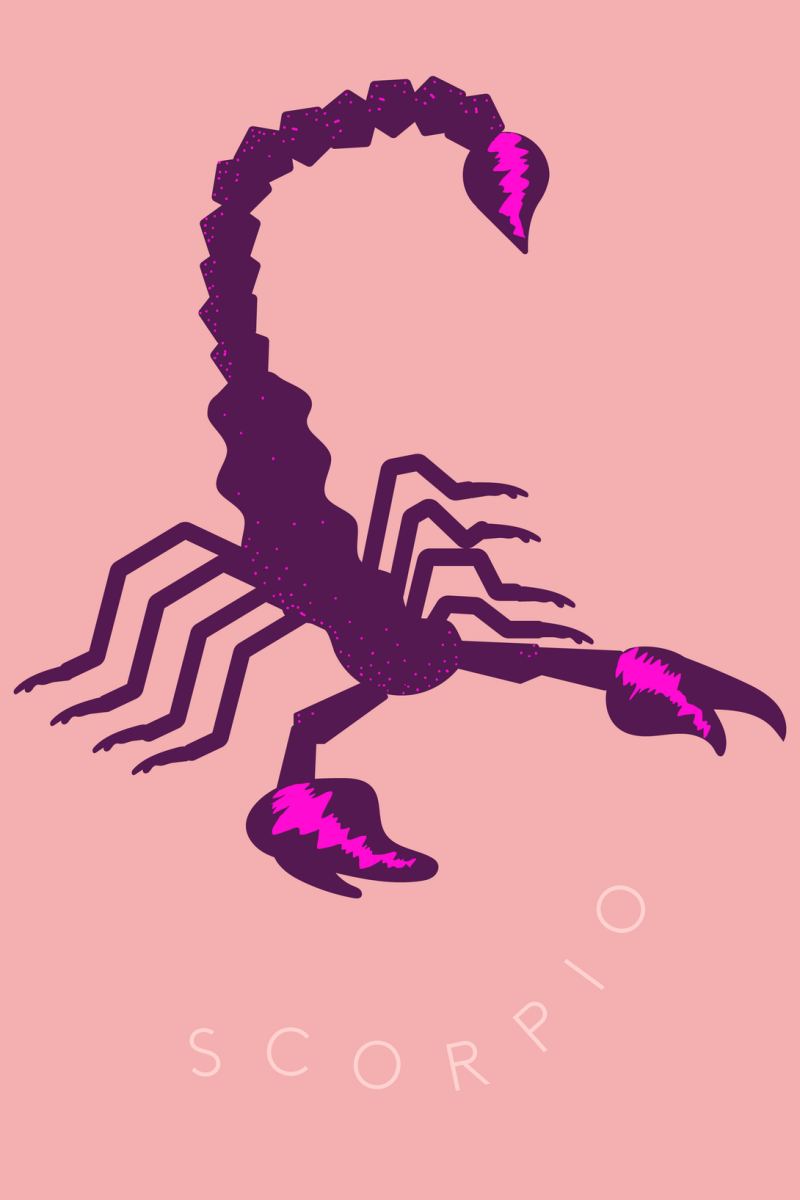
Dealing with So-Called ‘Scary’ Cards
Sooner or later, you’ll pull cards like Death, The Devil, or The Tower. Take a deep breath. They almost never mean what you think they mean.
- Death is about an ending, a transformation. It’s about letting go of something to make room for the new. It’s a necessary, and often positive, part of life.
- The Devil points to patterns of addiction or negative thinking—the chains we put on ourselves. It shines a light on them so we can finally break free.
- The Tower signifies a sudden, disruptive change. It feels jarring, but it only ever destroys something that was built on a weak foundation, allowing you to rebuild on solid ground.
I once had a client pull The Tower and she was terrified her house would burn down. But as we talked, it became clear the card was about her job, which she secretly knew was unstable. The card was a heads-up. Two weeks later, her company announced huge layoffs. Because of the reading, she was already updating her resume. The Tower wasn’t a curse; it was a gift of preparation.
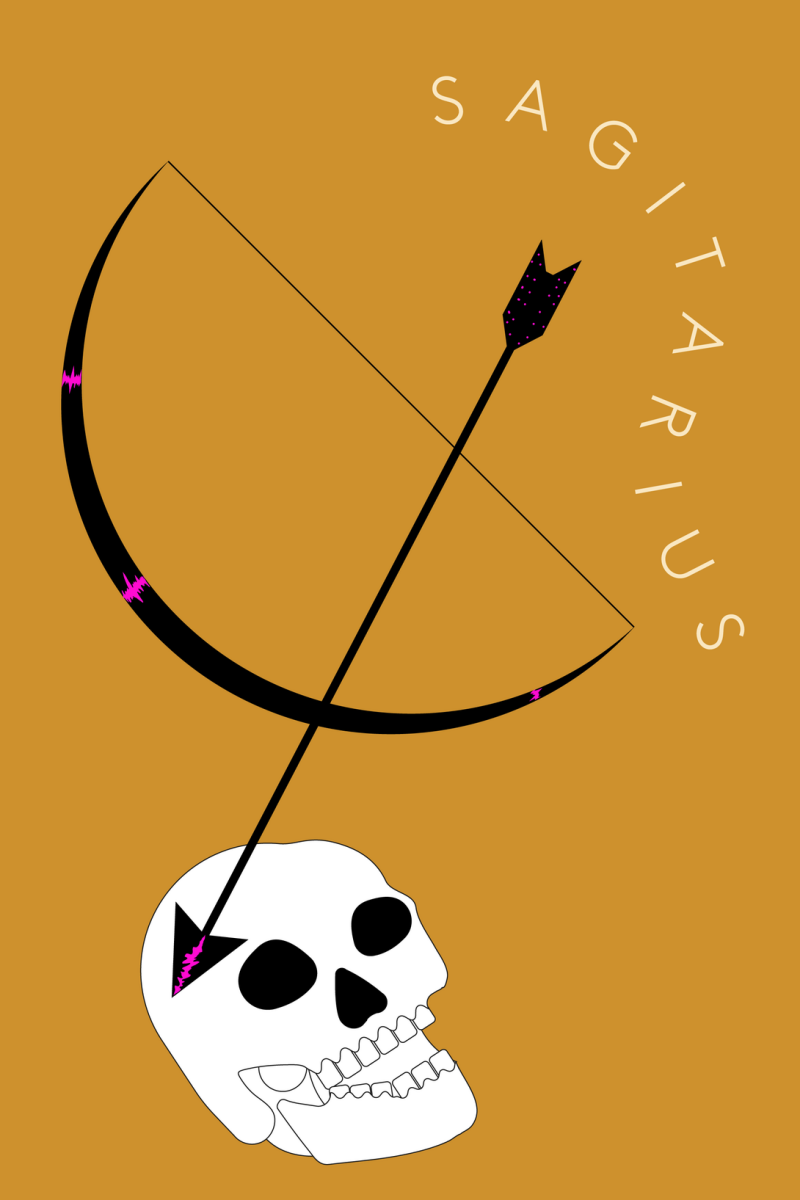
Journaling: Your Secret Weapon for Growth
A reading is a snapshot in time. Its true value comes alive when you track it over several months. This is why I tell everyone to keep a tarot journal. It doesn’t need to be a fancy leather-bound tome; a simple notebook from the store works perfectly.
For each monthly reading, jot down:
- The date and your question.
- The cards you pulled in their positions.
- Your initial interpretation—the story you saw, how it felt.
- Leave a blank page next to it. At the end of the month, come back and reflect. Did the reading make sense in hindsight? What did you learn?
Not a pen-and-paper person? No problem. Just snap a photo of your spread with your phone and type a few thoughts into a notes app. The goal is simply to remember it so you can learn from it.
This practice is where the deep learning happens. You’ll start to see your own unique patterns and build a personal relationship with each card. It will build your intuitive confidence more than any book ever could.
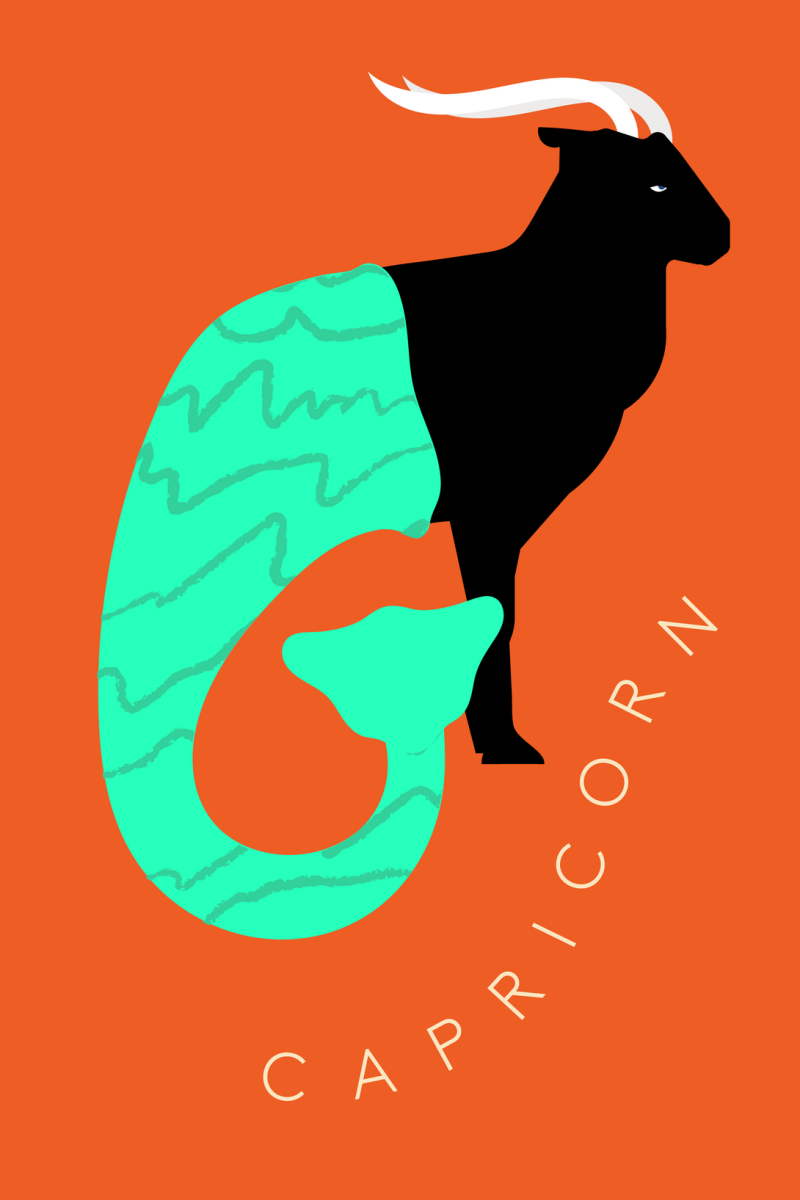
A Quick Word on Safety and Responsibility
When you read for yourself, it’s important to have some ground rules. This is a tool for personal development, and that comes with a bit of responsibility.
You Are Always in Charge
This is the number one rule. The cards offer guidance, not commands. If a reading suggests a path that feels deeply wrong, you have every right to choose another. Your free will is always more powerful than a piece of cardstock. The tarot is your counselor, not your master.
Know the Limits
Please be very clear about what tarot is not a substitute for:
- Health Advice: Never use tarot to diagnose a medical condition. If you have a health concern, please see a doctor.
- Legal Advice: Don’t use tarot to make legal decisions. Consult a qualified lawyer.
- Financial Planning: While tarot can offer insight into your relationship with money, it can’t predict the stock market. Talk to a financial advisor for that.
And finally, be gentle with yourself. A reading can sometimes bring up tough emotions. If you feel overwhelmed, it’s okay to step away. Put the cards down and go for a walk. Tarot should be empowering. If it starts to make you feel anxious or obsessive, it might be time to take a little break.
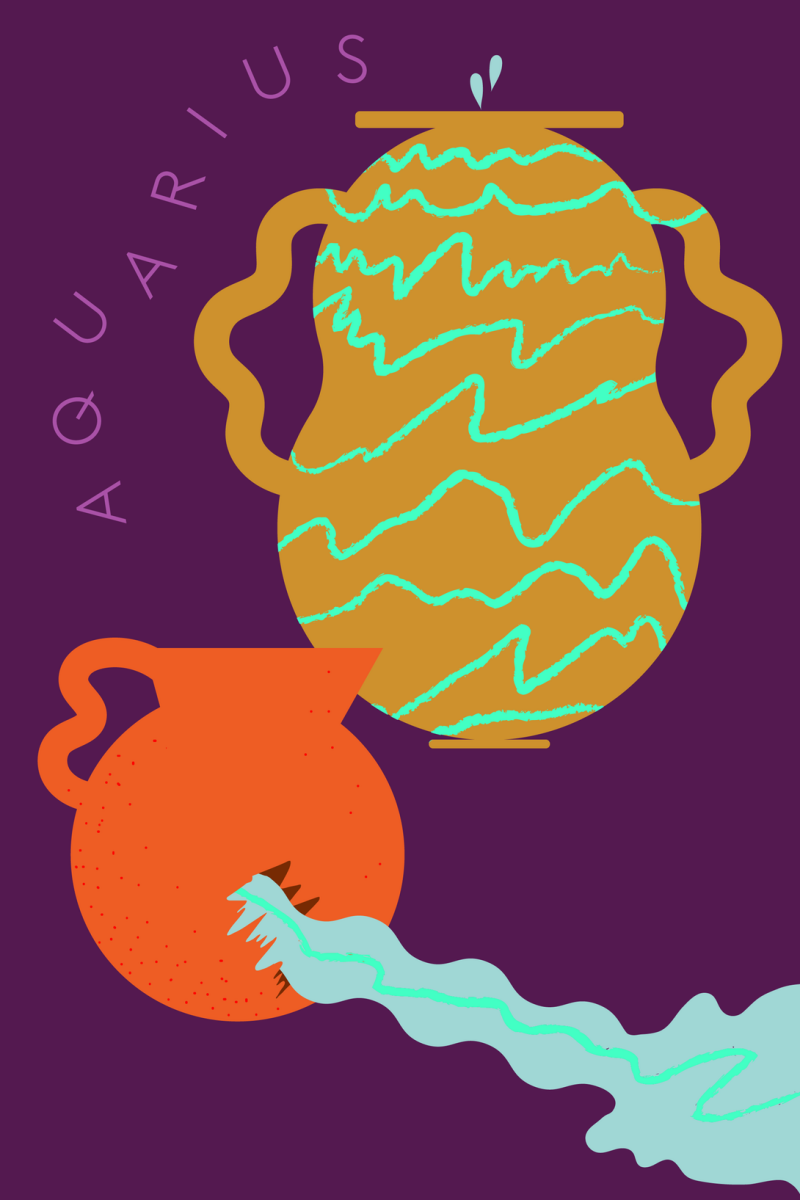
This monthly practice really is a gift you give yourself—a quiet moment to connect with your own heart. The cards don’t hold your future; they just help you read the map that’s already there.
Inspiration:
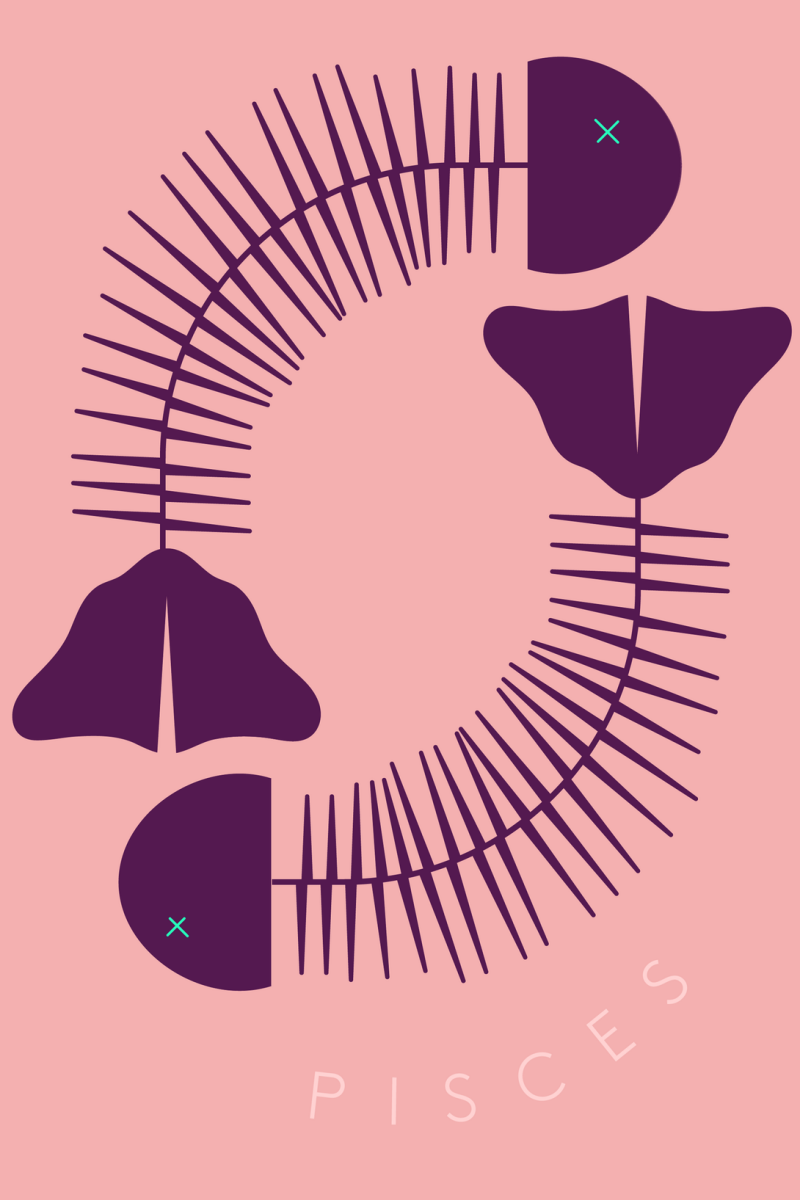
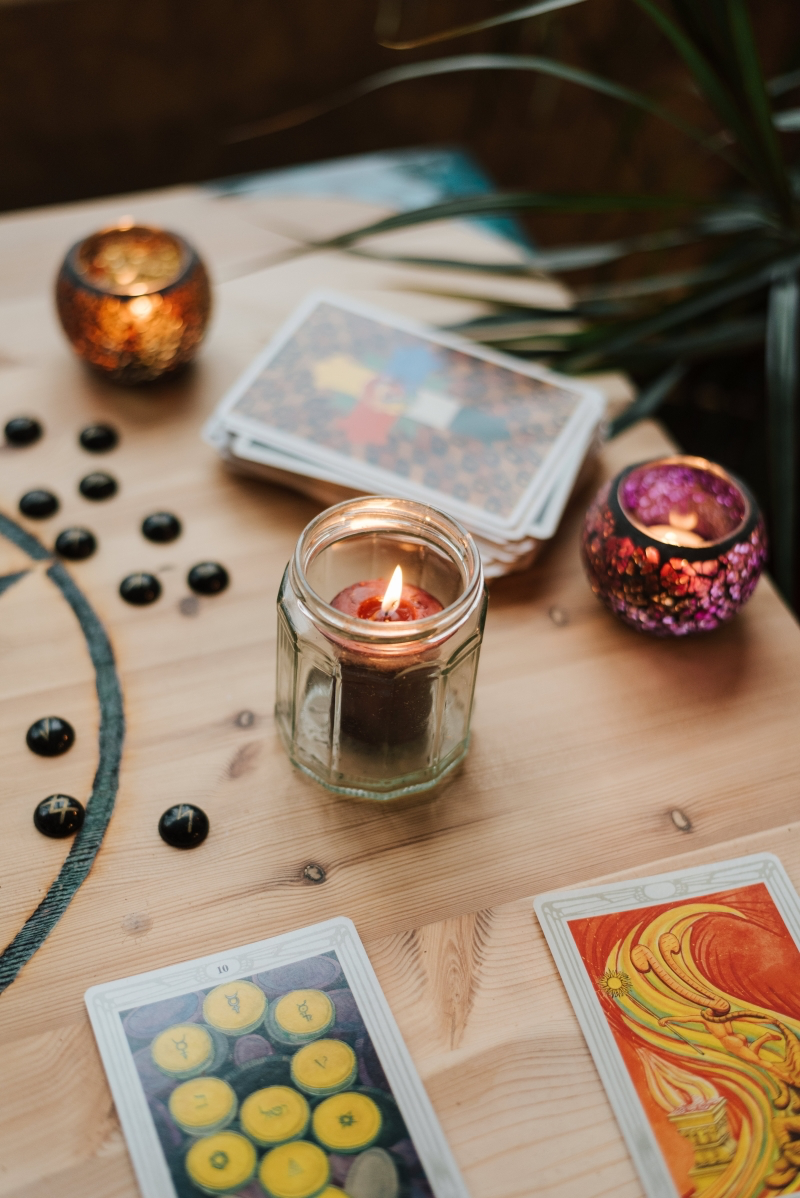
What if I pull a “scary” card like Death or The Tower?
First, breathe! In tarot, these cards are rarely literal warnings. Think of them as symbolic signposts. The Death card almost always signifies a necessary ending, clearing the way for a new beginning—like shedding an old skin. The Tower represents a sudden, and often needed, upheaval that dismantles a false reality. Instead of fearing them, see them as powerful invitations to look at what needs to be released or rebuilt in your life for authentic growth.
The Classic: The Rider-Waite-Smith Deck. This is the foundation for most modern tarot systems. Its imagery, created by Pamela Colman Smith, is rich with clear esoteric symbols, making it an excellent deck for learning the traditional meanings and stories behind each card.
The Intuitive: The Wild Unknown Deck. Kim Krans’s stunning, nature-based ink drawings evoke pure emotion. This deck bypasses complex symbolism for a more direct, intuitive connection, appealing to those who respond more to art and feeling than to classic iconography.
Ultimately, the best deck is the one whose visual language speaks to your soul.










